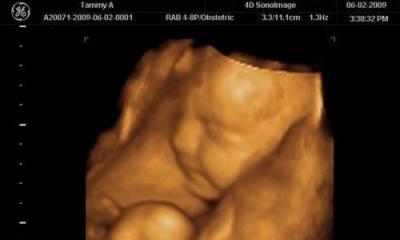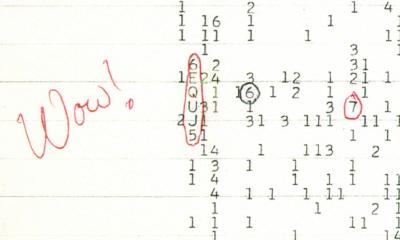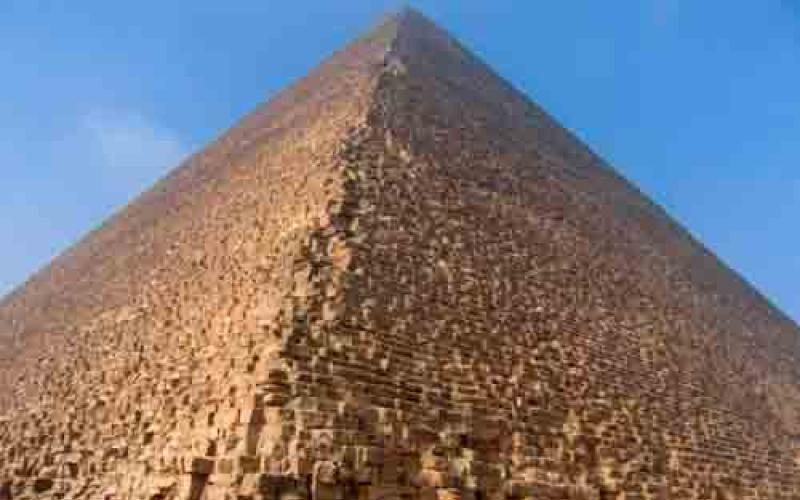In August 1542 from the Nativity of Christ, a detachment of the Spanish conquistador Francisco de Orellana, making his way through the South American selva, came to the great river. Being a vain man, de Orellana was already thinking of giving the unknown river its own name. But then Indians attacked his detachment, who did not like the presence of strangers on their lands. Moreover, women fought along with the men, showering the Spaniards with a hail of arrows. Not alien to objectivity, de Orellana recalled the ancient Greek myth about fierce female warriors ... So the Amazon became the Amazon.
In 2011, the Amazon was declared one of the seven wonders of the world created by Nature. Its length from the source of the Ucayali in the Andes to the mouth is over 7 thousand kilometers. The area of the river basin is 7.18 million sq. km; this is slightly smaller than the area of Australia. Every year, the Amazon carries about 7 thousand cubic kilometers of water and over a billion tons of solid runoff into the Atlantic Ocean.

In 2010, a bridge was built across one of the tributaries of the Amazon, the Rio Negro, connecting the port of Manaus, the largest on this river, and the city of Iranduba. The length of the bridge is over 3.5 km. And this bridge is the only one on the Amazon, and, we repeat, through its tributary. So far they have not been able to build a single one across the river itself!

Why is the Amazon so full of water? Due to its geographical position and the tilt of the earth's axis. Look at the map: the Amazon flows almost exactly along the line of the equator. Therefore, from March to September, the rainy season that occurs in the northern hemisphere feeds its left tributaries, and from October to April, exactly the same season comes to the southern hemisphere, where the right tributaries are located. Thus, the hydro regime of the greatest river in the world is a constant flood regime.

In August 2011, Brazilian scientists stunned everyone with their discovery: another river flows under the Amazon basin! Underground! Its channel is located at a depth of about 4 kilometers, almost exactly copies its terrestrial older sister, but is distinguished by an extremely low flow rate and high salinity. The river is unofficially called Hamza.

The Amazon rainforest covers more than 6 million square kilometers (two-thirds of the US area). It is believed that it absorbs a quarter of all carbon dioxide "processed" by the Earth's forests into oxygen. But for all their immensity, about one and a half hectares of the Amazon rainforest are destroyed every second. His salvation is one of the world's main tasks that must be solved over the next 40 years. Otherwise the Amazon will disappear.

The Amazon rainforest is a mystery that scientists have not yet solved. In many of its places, no human foot has ever set foot. The flora of the Amazon has only been studied by 30%. The fauna also hides many secrets. But what is already known never ceases to amaze. For example, this freshwater river pink dolphin. When the Amazon floods and floods the forest, he, deftly maneuvering between tree trunks, hunts for fish.

And on this giant Amazonian Victoria leaf with a diameter of more than 2 meters, you can safely seat a small child - he will not drown. Each such sheet can easily withstand a weight of 30 to 50 kg. Only once a year at night, for 2-3 days, the Amazonian Victoria blooms, blooming its snow-white flowers and hiding them under water at dawn.

The local people, however, treat all kinds of Amazonian miracles in a very consumerist way. And use them as you please. For example, there is a very tasty fish in the river - eel. But catching it in the usual way is difficult, because the eel is electric and can put a discharge of more than 500 volts into the unfortunate fisherman. Therefore, before fishing, local residents drive a herd of cows into the river. Evil eels take out their electricity on the unfortunate South American cows, after which they can literally be taken by hand.








